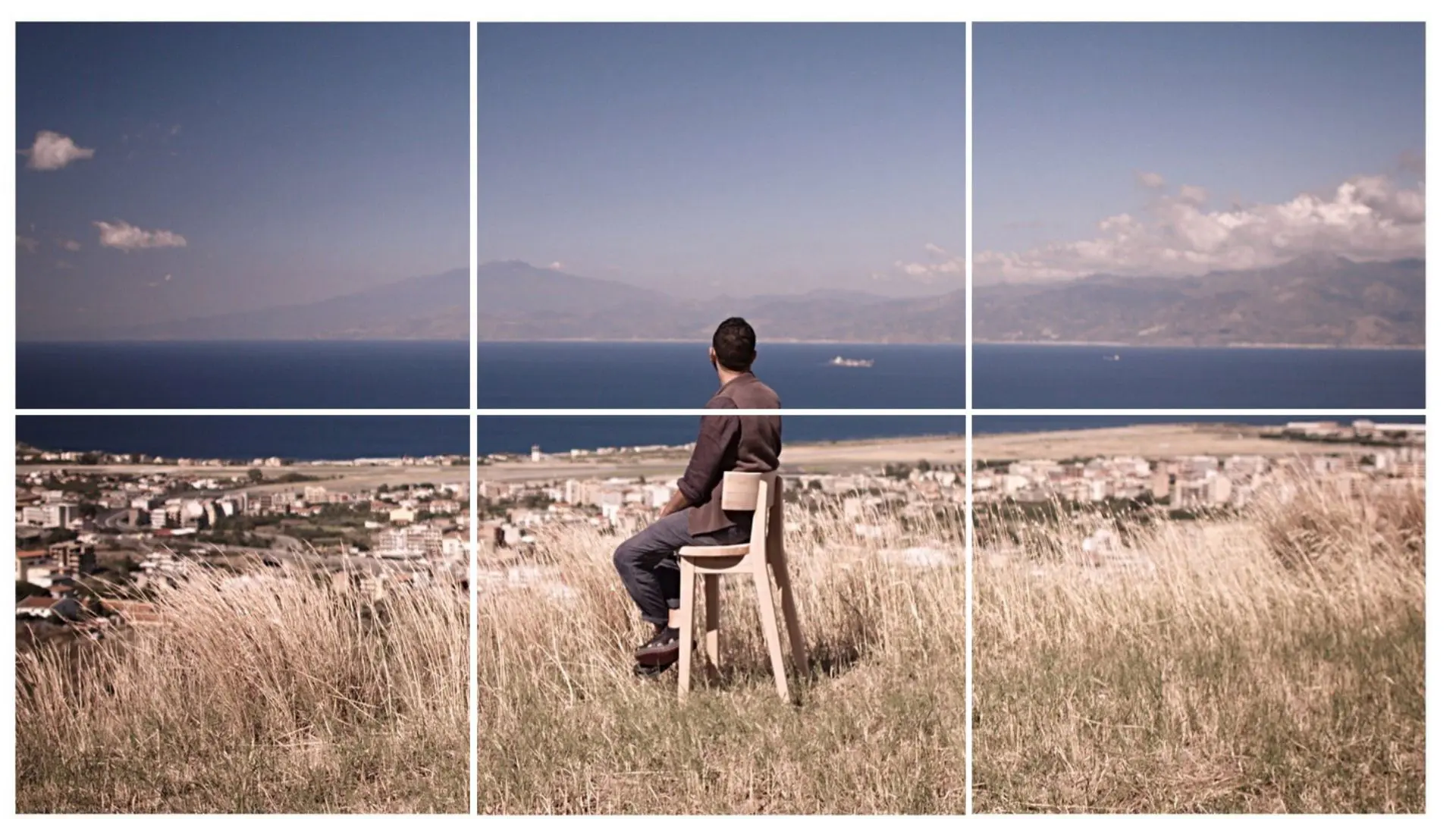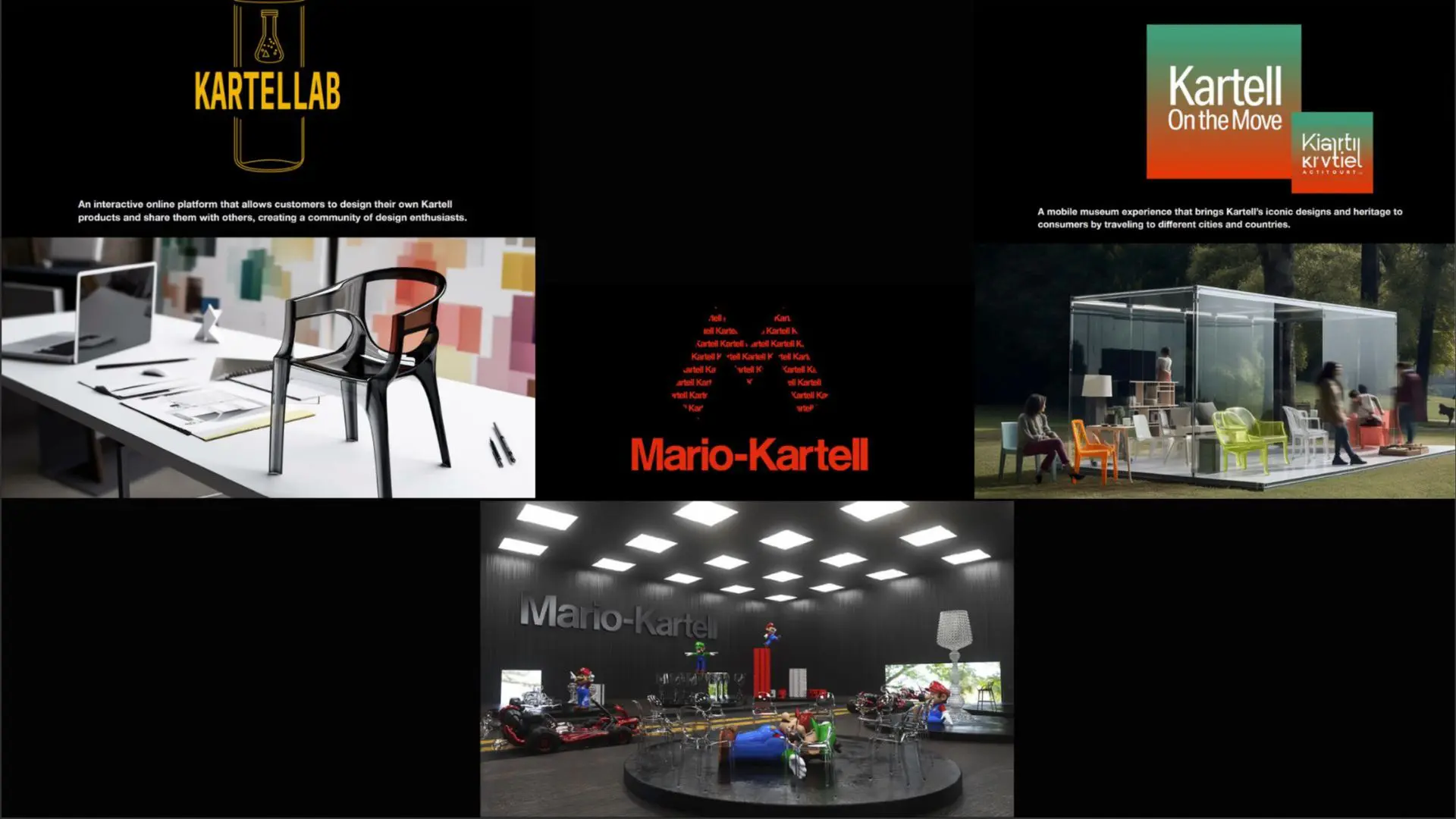Designing around bulky patents (without breaking the law)

For large companies and multinationals, it is normal to deal with patents. It may happen that when designing a product, the company asks the designer to use a previously protected technology or invention. Or that it recognises a level of innovation in the product conceived by the designer and decides to protect it by filing a patent.
In both cases there is an institution that recognises this title: in Europe, it’s called Community Design, in Italy, where our story is set, Ufficio Italiano Brevetti e Marchi (UIBM).

What is the difference between invention patent, design patent, trade mark and intellectual property
In the design world, there are different types of protection:
- The invention patent, the one that solves a technical problem, such as a hyper-technological fabric, lasts 20 years;
- The design patent, i.e. the protection of the form, lasts 25 years. Think of products that have a very identifiable shape;
- The trade mark, which corresponds to the registration of a logo, has to be renewed every 10 years;
- The copyright, which is granted to those products that are universally recognised as authoritative, such as Verner Panton’s Panton Chair for Vitra, Achille Castiglioni’s Arco for Flos or Angelo Mangiarotti’s Giogali for Vistosi. It originates from the work itself, doesn’t need to be registered, and lasts 70 years after the death of the author.

What is a design patent?
Design registration is definitely the slipperiest ground. “Here we enter a very complicated world,” comments lawyer Raffaella Arista of Improda studio in Rome.
“We move into the world of necessary forms: the chair, for example, must necessarily have four legs. So, even glasses are constrained in form because the lenses must always rest on the arms. Or the knobs on wardrobes, which must be shaped in such a way that it is possible to pick them up to pull the door open.” In these areas, which as Ms Arista reminds us, are called “crowded areas”, there is more tolerance to say that there is no copying.
In these types of objects there is a functional component on which there is no exclusivity.

When a design should be protected?
One of the requirements an object must have to qualify for protection is called Individual Design Character. It means that it must differ from any other design.
According to the law, contrary to what occurs with trademark registration,
this difference must be detected not by the general user but by a person with a higher degree of knowledge.
It is necessary to be informed, which is why there are patent consultancies that often support companies and designers before the prototype phase to exclude the possibility that a patented shape similar to the one to be produced already exists on the market.

What designers have to do to find their way around design patents
Finding out what exists on the market is a fundamental step for designing with a view to registering an invention or design patent.
This is confirmed by Giampaolo Allocco, an Italian designer, founder of Delineodesign studio.
For years he has been working on industrial products, from helicopters to ski boots, from trail running shoes to bicycles, through gardening tools, food and utilities.
“It often happened to us that a strategic and interesting idea that we wanted to patent crossed paths with other forms of patents and was therefore not feasible,” he says. “In these cases, we found ourselves interacting, rather than with the product development managers of the company we were working for, with its lawyers because it was
important to understand the limits within which the idea did not invade the field of other, already existing patents.”

The strange case of a trail running shoe that seemed to be already patented
A rather unusual patent case that Studio Delineo had to deal with was that of a pair of trail running shoes designed for Italian sports brand Scarpa.
Trail running is a bit like the formula one of running.
In fact, while in road running, the terrain aspects are fairly constant, in trail running, there are many factors to take into account: the gradients to be covered, the wet, dry and rocky terrain.
Trail running is the most heroic discipline of running and trail shoes are considered the most advanced in the industry: like tyres for racers.
A trail running shoe has many material and technological aspects that must be taken into account.
“If you look at the shoe from the side, there is an area called the upper that corresponds to the outer surface of the shoe, sandwiched between the lace-up closure and the outer sole. That’s where trail running shoes need to be reinforced”, Giampaolo Allocco explains.
This means that the design of the upper is not just decoration, but also support
“The upper should not be made of a soft, elastic fabric that gives way and collapses. The reinforcements are in fact intended to maintain the hold. The design of the uppers is therefore a necessary design”.

The designers were thus faced with a design they needed to have to ensure the grip and durability of the trail shoe.
That design, however, had been patented
by a worldwide French brand that had registered the design of the uppers, the external aesthetic patterns of the trail shoes, keeping these reinforcements characterized in all models.
At that point,
anyone who made a design that echoed the graphics of the uppers covered by the registered design would have made an encroachment.
“We found ourselves having to deviate as far as possible from the multinational company’s patented design and, in the end, we patented our own design.”
To solve the issue, Allocco worked with engineers to create an upper decoration that would also serve as a structure.
They were able to reinforce it by making a connection between the upper and lower part of the shoe, being careful to deviate from the aesthetics of the registered trademark.
“The good thing“, Allocco concludes, “is that trademarks and patents are explicit documents. What all designers should do is:
getting to know patents extremely well and at the early stages of a project.
It’s a lengthy process but it ensures that you will deviate from them, zeroing in on the risk of copying.”
How to get around a bulky patent
The way to get around a bulky patents is thus to:
- figure out what the patent actually protects
- conceive a different way to achieve another viable solution while steering away from the patented design
Because what most designers do no know is that
patents protect an invention, but if you achieve the same goal by going a different route, you are out of patent coverage.
Clearly, the better the patent is constructed, the more it is protected.
At the filing stage, lawyers need to understand all the roads that can lead to that function. The more these roads are described in the patent, the more it closes the possibility that others can use this contrivance to achieve the same goal.





